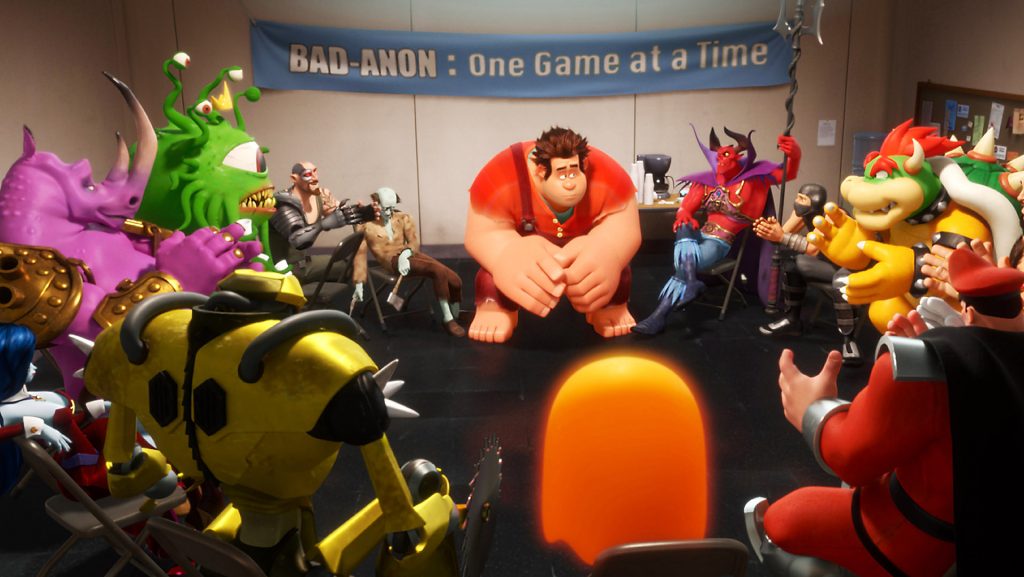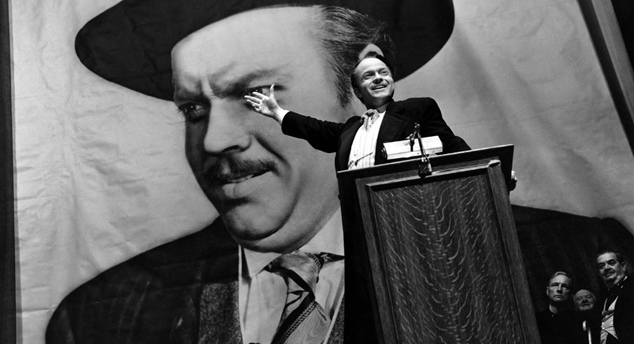The ‘video games as art’ debate has raged on for years. We all know it is a ridiculous argument that is so overwrought and talked about that it basically has little to no worth any more. The discussion has dissipated into sub-genres, counter arguments, and tangents that have drawn it leagues away from the original question. An original question that is absurd anyway. Of course video games are art and nothing Roger Ebert could have said will ever change that.
Good, now I just complained about tangents and variations on the question, allow me to propose one myself. It is an absurd proposition in and of itself that basically holds no scholarly validity as a juxtaposition. That doesn’t mean we can’t do it anyway though. So how advanced are games as an art-form, and can we ascertain that from comparing video games to another medium, specifically film?
As admitted, there is no real basis for this. Still, it’s a fun exercise to look at that may perhaps put the question of video games as art into perspective. It’s easiest to do this with film specifically because it is arguably the closest cousin to video games. It is also the last major art-form to really come of age in a comparable time and culture. It would be much harder to compare the growth of video games to say that of paintings for reasons that will be explained later.
When comparing the timelines of the two, things immediately become difficult. Neither film nor games came into existence in the way we’d recognize them today. The first film is often accredited to the Lumière Brothers (this is somewhat debated, but for the sake of simplicity, we will go with it), who first shot images off the back of a moving train in 1896. Compare that to the first interactive game, which was the 1948 Cathode Ray Tube Amusement Device which used analogue circuitry and needed screen overlays. It is clear neither of these things are what we’d recognize as a completed ‘film’ or ‘video game’ today.
To start the comparison, it is probably easier to go from when both were in the forms we recognize today and were available to consumers. For film, that is probably Robert W. Paul’s, Come Along, Do! from 1898. It was one of the first films to have editing, thus creating film continuity and continuous narrative. For games, it is arguably 1971’s Computer Space, the first commercially available video game. There is a difference of 73 years there. Taking that into account, if we move back from film, that means that games are comparatively in 1941. For reference, that was the exact year Citizen Kane came out, so we can stop talking about it. That elusive ‘Citizen Kane of gaming’ will be out this year!
Well, not necessarily.
There is a key concept to take into account called “Accelerating Change“. This essentially means progress and time aren’t running directly parallel to one another. Human society no longer progresses at the same rate it did during the Medieval or Renaissance eras. We are moving even faster than we were ten years ago as progression is continually accelerating – just look at the advancement of telephones and of social networking. You also have to contend with the fact that there are just a lot more people in the world too, generating ideas at a faster pace than ever before.
The real question is whether accelerating change applies to art. On one hand, with more people in the world, it’s only natural to have more of them creating art, thus it is theoretically evolving at a faster pace. The problem with this idea is that not all artists are equal. Especially in the West, where our society reveres individual expression, with society and the media emphasizing that everyone is special. This has saturated the scene, making the ‘Leonardo Da Vincis’, ‘Machiavellis’ and artistic masters, who in the past lived in a society that didn’t pressure individuals to express themselves, harder to spot. They created art more naturally as opposed to working under societal pressure.
Somewhere accelerating change would seem to have a direct affect on art would be its link to technology and the mediums that rely on it, such as film and video games. Each is affected by the technology around it, allowing the art-form to become more accessible, look better, or provide a different experience as time goes on. Also consider the fact that older analogue arts like paintings, theater, and books all evolved over hundreds of years. With film moving much faster than any of those, does that mean video games are advancing even faster due to better technology and accelerating change? The answer is both yes and no. Video games have a very short but stark history. It really is a medium that’s had power thrust onto it astonishingly quickly, going from Pong to GTA V in 41 years. Although, what we’re talking about is the delivery and not necessarily the art. Games are taking advantage of technological advancements with better graphics and peripheral enhancements, but is their artistic merit growing? While games like Journey and Kentucky Route Zero suggest it’s getting there, they are actually following an almost identical trajectory to film.
Film started off as a novelty. A side show and something that was generally frowned upon by the theater and artistic community. Let’s go back to that elusive ‘Citizen Kane’ (which by the way was in no way the first or even best argument of film as art). The thing about Citizen Kane is while at its time it was well received, it wasn’t the artistic behemoth that it is today. The film didn’t even pick up Best Picture at the Oscars. It only became such a huge cultural milestone many years later.
Gaming will likely follow a similar path. We might already have our ‘Citizen Kane of Gaming’, we just don’t know it yet. Perhaps it will be a big studio game like Portal 2 or Skyrim, perhaps a narrative-based game like The Last of Us or The Walking Dead. Maybe even an oddity like Kentucky Route Zero. It is simply impossible to say. History, especially in the arts, is rarely written while it’s happening, but instead many years later. Gaming was thrust into a world where it had so many resources, graphical fidelity, and power before it could even walk. It certainly is one of the fastest growing mediums ever, almost a multi-million dollar business straight from the off. That is sure to complicate any person’s growth. Video games achieved so much, so young, it is bound to have missed some formative years. Mike Tyson said recently in an interview that he was pushed so young and given so much power early on that it warped his reality. Even though he had just become the World Heavy Weight Champion at 20, he still felt like a 15 year old. It isn’t impossible to think that gaming is going through something similar.
Allow me to complicate things further by drawing on someone who is actually a scholar on this kind of stuff. In 1966, the futurist movement was beginning to come into its own with accelerated change playing a big part. Renowned historian Alfred Toynbee wrote a chapter in his book, Change and Habit, that centered around the idea of accelerated change. Toynbee agreed with the principles that accelerated change noticeably affects biology, technology and to a lesser extent, religion and politics. However, he noted that art was one of the only cultural factors that remained untouched by it. So who knows, maybe games and film are improving at the same rate. Perhaps we will get that ‘Citizen Kane’ this year after all.
Rather annoyingly, that leaves us with a lot to think about, but no real answer. This was always bound to happen though, hence the preface at the beginning of the article. That doesn’t mean that this is a pointless exercise. In this discussion of ‘Games as Art’ we need to talk about what games give art and its place in the broader community. Gaming is rapidly becoming one of the most consumed mediums, and that comes with great power. Exploring where the medium stands in comparison to others helps to define the responsibility of players and developers. It also highlights the incredible resources gaming has compared to film at the same age. That is an important consideration. Realizing that gaming is becoming the ‘Boy King’ of the art world is important instead of blindly and arrogantly marching forward. Becoming aware of the medium’s history in relation to others, makes for more mature output and better content. In the end that is all we want.




 …WOOLY DESERVES BETTER LOL!
…WOOLY DESERVES BETTER LOL!